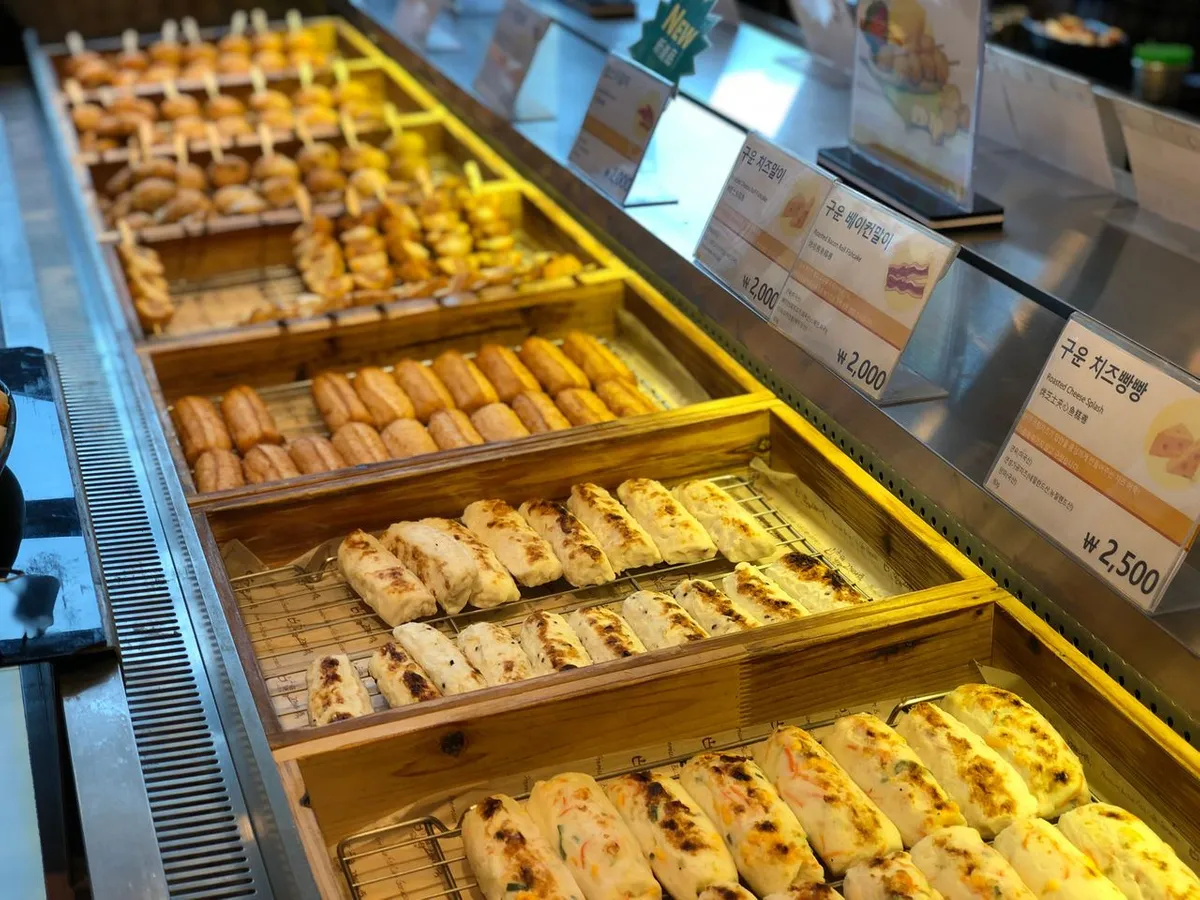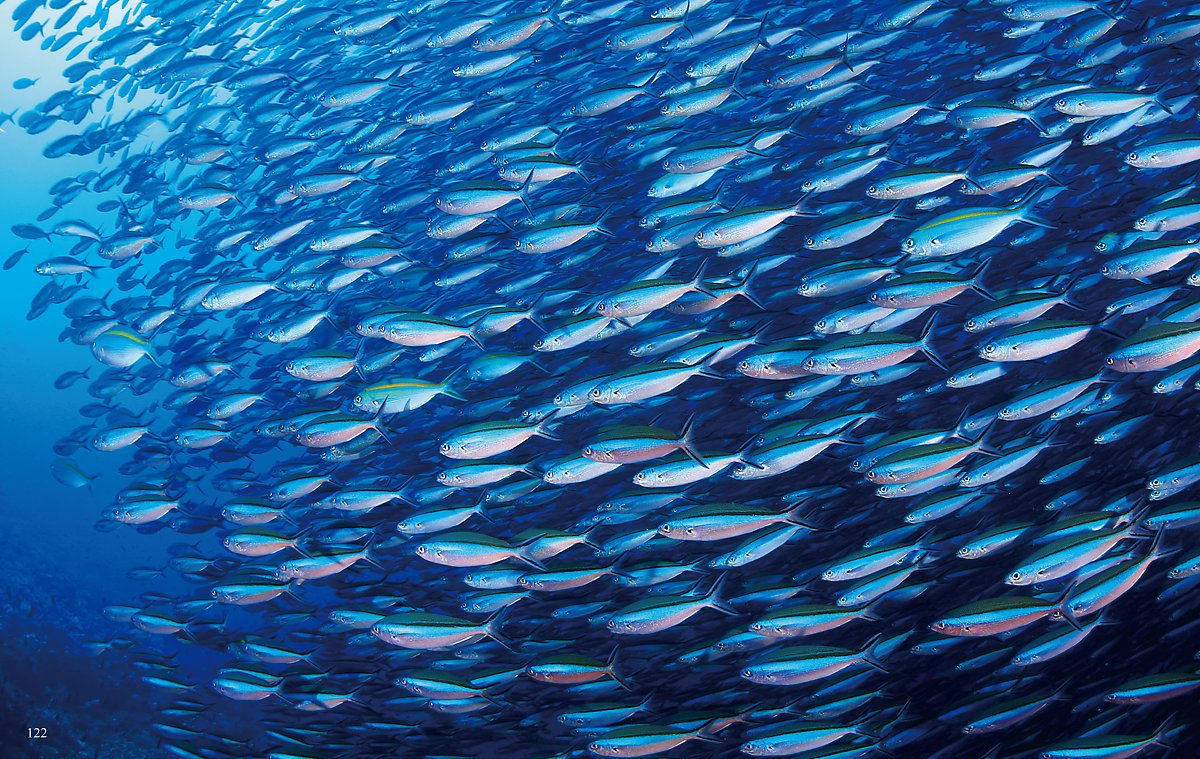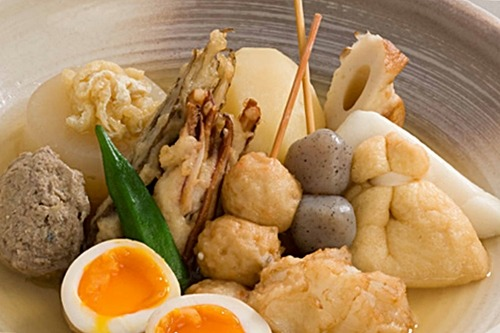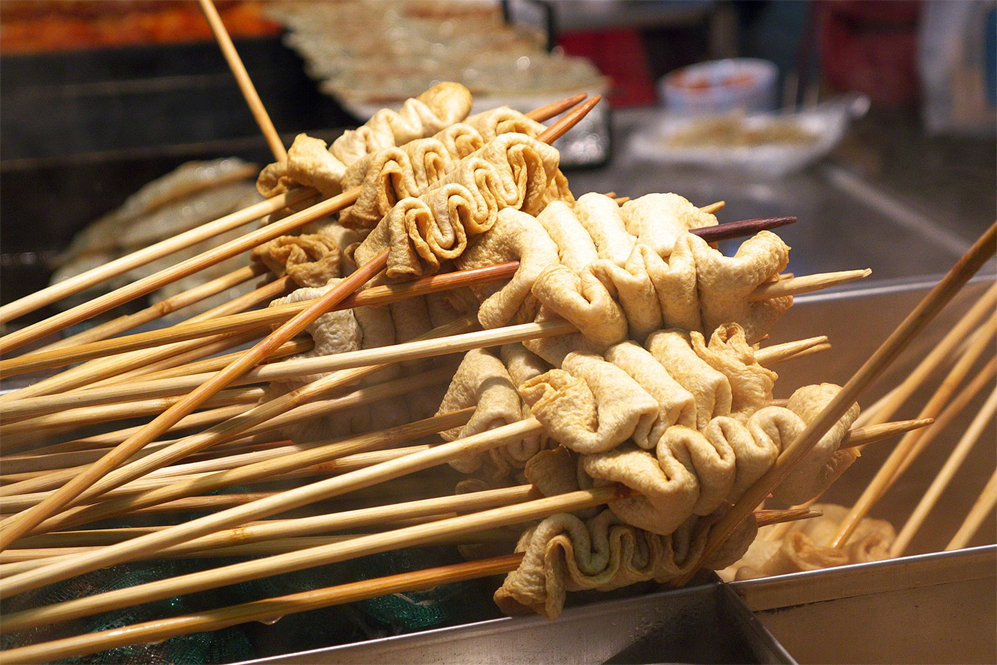Fish cake is an extremely popular street food option in Korea.
It's ground fish skewered on a wooden stick and boiled in a steamy broth. It looks and smells great when you walk by in the colder months.
However, it goes by two names in Korea -- "odeng (오뎅)" and "eomuk (어묵)." Is there any difference between them?
Eomuk & Odeng | The Difference

Fish cake is a classic Korean dish cooked by smashing fish meat (similar to ground beef), adding flour and seasonings, then skewering it with a bamboo stick.
In Korean, it is divided into two kinds in Korea, namely odeng and eomuk which are both translated into "fish cake."
At first glance, they might seem exactly the same. However, the history and apearance of each is unique.
Generally speaking, eomuk is an inherent Korean word which refers to the fish cake made by mashing fish and adding other things together to form a dough.
Odeng is speculated to have evolved from Japanese. It is a long and flat type skewered and cooked with other vegetables and eggs.

Over time, odeng has become more and more popular and become more synonymous with what people term "fish cake."
The word odeng is believed to be related to Japanese oden.
According to legend, the Japanese cuisine originally called "dengaku" is tofu cut into long strips and smeared with miso. Odeng took a lot of inspiration from that dish.

This type of skewer known as 田 (den) is related to Japanese agricultural folklore. The shape of 田 is said to resemble the Chinese characters "田" and "乐" which represent a good harvest for farmers.
Over time, the pronunciation softened to sound more like "deng," and an "O" was added to the front to create "O-Deng."
Origins
I just said that odeng is a word developed from Japanese. But in fact, the fish plate itself has glimpses in the historical records of Korea (the Joseon era), Japan (Heian era), and China (Qin Dynasty).
But when it comes to the kind of cooking method of crushing fish into a fixed shape, it can be traced back to the Qin Dynasty of China in the 3rd century BC.

It is said that Qin Shihuang liked to eat fish very much at that time, but fish bones were quite troublesome.
Every time the chef made a fish dish that was eaten by Qin Shihuang, he would order the chef to be executed if he failed to remove all the fish bones, putting everyone under great pressure.
According to legend, a chef chopped up the fish with a knife. He saw that the fish bones were also chopped up and were almost nowhere to be found.
So he rolled the chopped fish into dumplings and made soup, which he brought to Qin Shihuang and got quite a satisfactory evaluation.
This way of cooking spread to the folks and fish cakes were born.
In South Korea’s earliest historical documents, Sukjong of Korea (1719) mentioned in Jinyounuigue (진연의궤) that there was a dish named saengseon sukpyeon (생선숙편 生鲜熟片) made of meat, soy sauce, starch, sesame oil, etc. all mixed together.
This can also be regarded as the predecessor of fish cake in Korea.

Fish cake is called kamaboko (蒲鉾) in Japanese, and the earliest record that appeared in related documents was the Heian period more than a thousand years ago.
Kamaboko is a kind of seafood processed food that is still common today. The boneless fish is seasoned, steamed until fully cooked, and eaten with hot soup, white rice, and noodles.
It can also be regarded as the precursor the modern fish cake in Japan.
Why It's So Popular

So why has fish cake become so popular in Korea?
During the Japanese colonial period, there were many Japanese people occupying Busan, Mokpo, and the South China Sea. Many factories int those areas were making the fish balls that Japanese people liked.
After Korea became independent from Japan, such fish balls and the fish cake industry also continued, which is why the representative food in Busan is fish cake.

After the Korean War, South Korea’s food production was insufficient and most people could only fill their stomachs with vegetables, lacking sufficient protein sources.
After the relatively cheap fish is minced and mixed with flour, it is a fairly protein-packed dish. It was a go-to dish for replenishing energy stores and building up strength.
This concludes the history of one of Korea's most recognizable street food options. You can be more knowledgeable than the people who sell it now! Now, you can taste not only the rich flavor but also the rich history.

